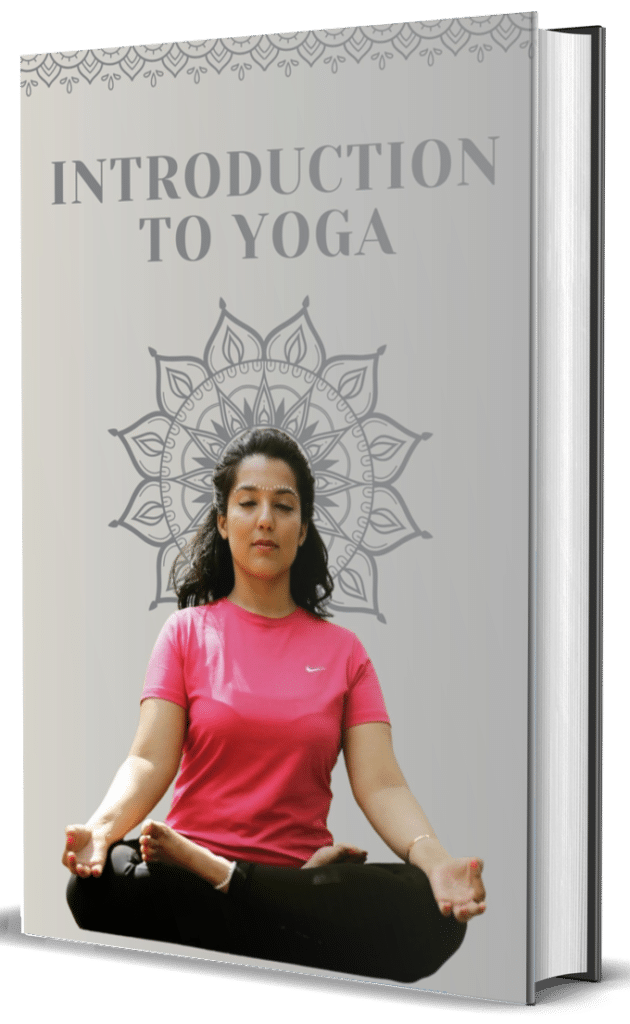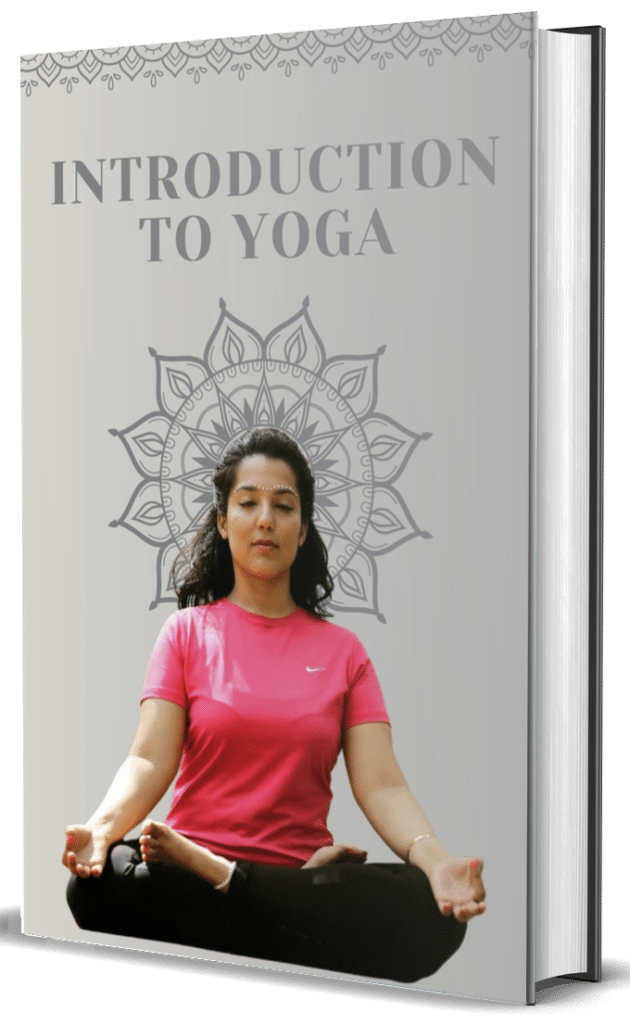Manomaya Kosha represents the mental sheath or the mind layer in yoga’s panchamaya kosha model—a sophisticated framework describing five interconnected layers of human existence. The term combines “manas” (mind) and “maya” (made of) with “kosha” (sheath or layer), indicating the dimension of our being composed of mental activity, including thoughts, emotions, and psychological processes.
In the traditional understanding, Manomaya Kosha is the third of five koshas, nestled between the Pranamaya Kosha (energy body) and the Vijnanamaya Kosha (wisdom/intellect body). While the preceding Annamaya (physical) and Pranamaya (energetic) koshas relate to more tangible aspects of existence, Manomaya Kosha marks the transition into more subtle dimensions of human experience. It processes sensory input from the outer koshas and generates the ongoing mental activity that characterizes much of our conscious experience.
The contents of Manomaya Kosha include thoughts, perceptions, emotions, desires, aversions, and the constant internal dialogue many experience. This sheath functions through the manas (sensory-processing mind) component of the antahkarana (inner instrument), which includes the ability to perceive, process, and respond to sensory information. Unlike the deeper Vijnanamaya Kosha (discriminating intellect), Manomaya primarily operates through automatic patterns, associations, and conditioned responses.
Yoga philosophy recognizes the tremendous influence this mental sheath exerts on overall wellbeing. When Manomaya Kosha contains predominantly rajas (agitation) and tamas (dullness/inertia), it creates suffering through rumination, worry, attachment, and aversion. When sattva (clarity, harmony) predominates, the mind becomes a valuable instrument for navigating life with greater ease and wisdom.
Various yoga practices specifically address and refine Manomaya Kosha. Meditation techniques like mindfulness develop the capacity to observe mental activity without immediate reactivity or identification. Practices like pratipaksha bhavana (cultivating opposite thoughts) help transform negative mental patterns. Mantra recitation provides the mind with constructive focal points. Yoga nidra systematically relaxes this sheath while maintaining awareness.
Contemporary psychological understanding complements traditional views of Manomaya Kosha, recognizing how mental patterns shape experience through cognitive biases, emotional processing, and attentional filters. Neuroscience has confirmed yoga’s effectiveness in rewiring neural pathways and altering default mental patterns, supporting yoga’s traditional understanding of the mind as both malleable and trainable.
Working skillfully with Manomaya Kosha represents a fundamental aspect of yoga as a comprehensive system for human flourishing. By understanding and refining this mental layer, practitioners can transform sources of suffering into allies for growth, ultimately recognizing the mind as a powerful tool rather than an absolute reality or fixed identity.



